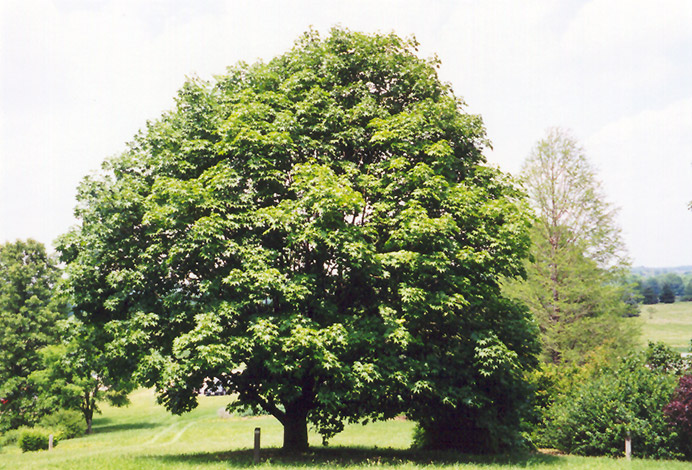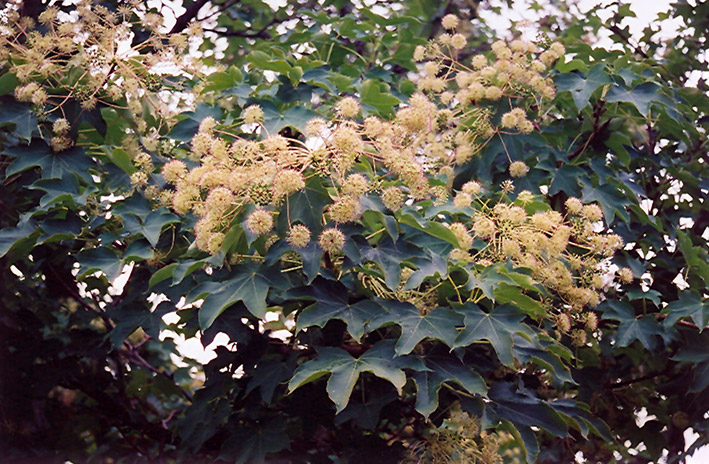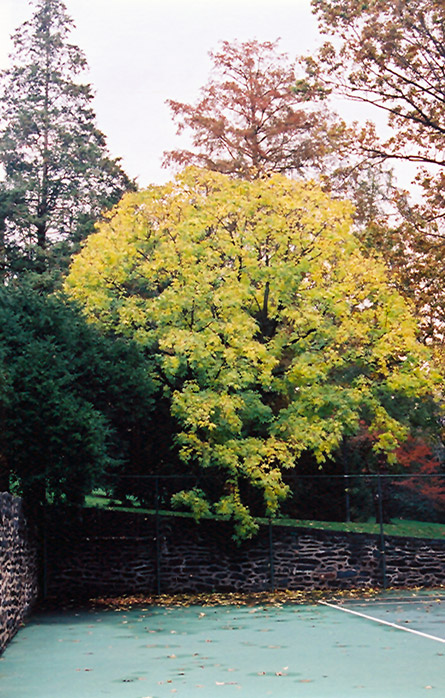>> Home
Height: 50 feet
Spread: 50 feet
Sunlight:
![]()
Hardiness Zone: 4a
Description:
An interesting tree from the Aralia family with unusual palm-shaped leaves; rather coarse appearance, looks distinguished with age; a good shade tree for textural effect
Ornamental Features
Castor Aralia features airy panicles of white flowers rising above the foliage in late spring. It has dark green deciduous foliage. The palmate leaves turn an outstanding yellow in the fall.
Landscape Attributes
Castor Aralia is a deciduous tree with an upright spreading habit of growth. Its strikingly bold and coarse texture can be very effective in a balanced landscape composition.
This is a relatively low maintenance tree, and is best pruned in late winter once the threat of extreme cold has passed. It is a good choice for attracting bees to your yard. Gardeners should be aware of the following characteristic(s) that may warrant special consideration;
- Spiny
Castor Aralia is recommended for the following landscape applications;
- Shade
Planting & Growing
Castor Aralia will grow to be about 50 feet tall at maturity, with a spread of 50 feet. It has a high canopy with a typical clearance of 7 feet from the ground, and should not be planted underneath power lines. As it matures, the lower branches of this tree can be strategically removed to create a high enough canopy to support unobstructed human traffic underneath. It grows at a medium rate, and under ideal conditions can be expected to live for 90 years or more.
This tree should only be grown in full sunlight. It prefers to grow in average to moist conditions, and shouldn't be allowed to dry out. It is not particular as to soil pH, but grows best in rich soils. It is highly tolerant of urban pollution and will even thrive in inner city environments. This species is not originally from North America.


